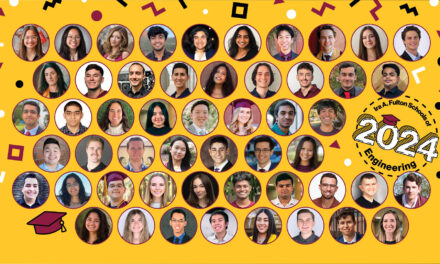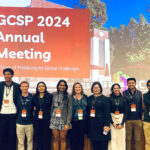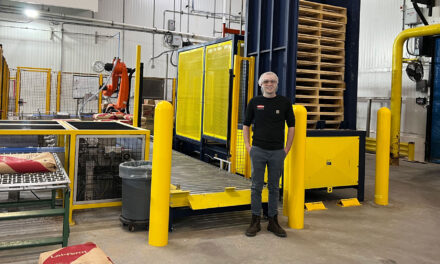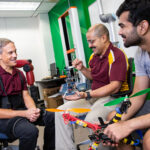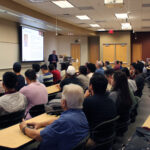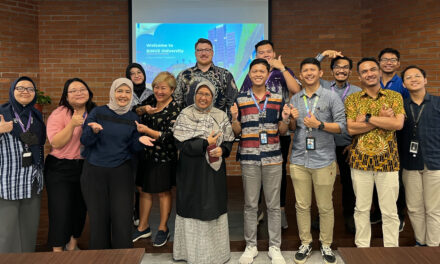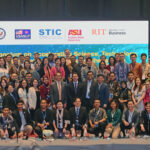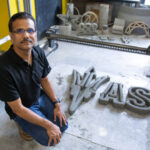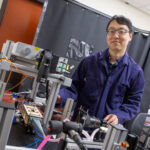
ASU team wins second place award at Intel-Cornell Cup competition

Team ADRA’s project is designed to help locate a victim, provide GPS location to rescue personnel for quick response and deliver important packages such as first aid kits, food rations and communication aids to victims. Photo courtesy of Yinong Chen
A student team from the Ira A. Fulton Schools of Engineering at Arizona State University earned second place at the Intel-Cornell Cup, a college-level embedded design competition created to empower student teams to become the inventors of the newest innovative applications of embedded technology.
The Intel-Cornell Cup, based upon the highly successful Intel Cup China, was designed to invite students to construct any design they can dream up and create the next great embedded technology invention.
At the final competition held this spring at the Kennedy Space Center in Cape Canaveral, Florida, teams competed for a $10,000 grand prize. They were given the opportunity to enhance their résumés and demonstrate their professional design skills as they transformed their ideas into a well-planned, robust reality.
ASU’s team was comprised of three students at the competition: Vageesh Bhasin, a graduate student in computer science; Sami Mian, a computer systems engineering major; and David Ingraham, a mechanical engineering major. The team mentor is Yinong Chen, a senior lecturer in the School of Computing, Informatics, and Decision Systems Engineering. Mian was a member of the Nao Navigators team from ASU that had a top-10 finish at the 2014 Intel-Cornell Cup.
The Airborne Disaster Relief Assistant (ADRA) project was designed to help locate a victim, provide GPS location to rescue personnel for quick response, and deliver important packages such as first aid kits, food rations and communication aids to victims.
The team envisioned scenarios where victims are in an unknown location in a remote area, or difficult to traverse terrain, where the deployment of resources such as food, water and medical supplies and establishing communication becomes an enormous challenge. With no knowledge of the location of victims, having the required resources available is of no use without being able to deliver them to the victims. Quick detection allows a relief worker to save precious time, which is critical for preventing and minimizing casualties.
The project is aimed at developing a swarm of unmanned aerial vehicless that are designed to tackle the rescue scenario. For the the Intel-Cornell Cup 2015 competition, the team developed two quadcopters, one for reconnaissance and the other to transport resources. A master node is responsible for most of the computational work.
At the time of conception, the team imagined a fully autonomous system. After conducting interviews with emergency medical service personnel who would be the main users of the system, it became evident that a fully autonomous solution was not desirable and that a human operator should act as the administrator of the system.
The team shifted their focus to developing a semi-autonomous solution where the copters and the base camp do all the surveying and processing, but a human operator would be responsible for the final decisions, including verifying detected humans and dispatching the delivery copter.
Media Contact
Erik Wirtanen, [email protected]
480-727-1957
Ira A. Fulton Schools of Engineering





